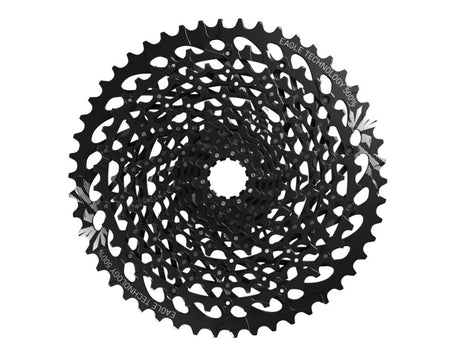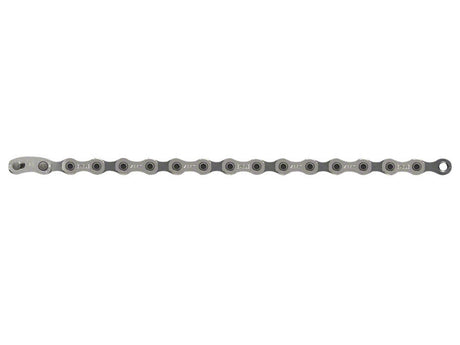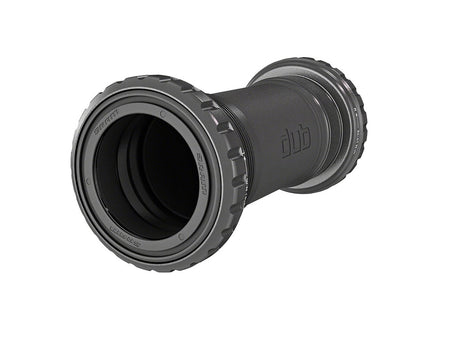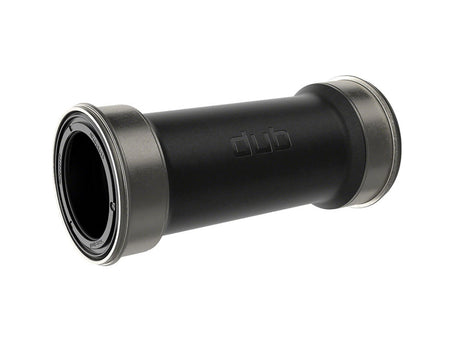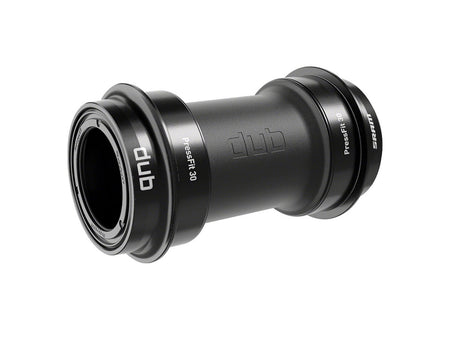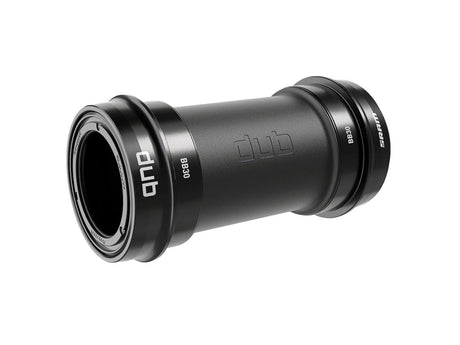Intro
As you pedal your bike over mountains and hills, you’re slowly, but surely, wearing away your drivetrain, leaving a microscopic trail of aluminum and steel in your wake.
You won’t notice any sudden change in performance, but if ignored, it’ll be a steady decline into terrible shifting with sloppy chain slap. A rattly drivetrain is a great way for your bike to sound like a shopping cart tumbling down the hill, and poor shifting can seriously hamper the fun of a bike ride. Luckily there are ways to get ahead of this to keep your shifting feel fresh for as long as you have the bike.
Just like your suspension and your brakes, servicing your drivetrain is an important step in keeping your bike happy, so let’s look at exactly what goes into keeping those expensive components spinning smoothly for as long as possible!
Overview
Whether your drivetrain is a budget friendly Shimano Deore or an expensive SRAM XX1 AXS, the number one tip to keep your drivetrain from wearing out quickly is cleaning and lubing it before every ride!
Just getting all that dirt out of the system and keeping friction down is going to give you the most bang for your buck in drivetrain performance, and a clean and well lubed budget drivetrain will always last longer and perform better than a neglected expensive drivetrain!
Three Components To A MTB Drivetrain
You have three main wear components in your drivetrain; the chain, chainring, and cassette. These three pals carry the brunt of the force when it comes to handling all the watts you’re pushing from the pedals to the dirt. Each one needs to be replaced as they wear out, otherwise they’ll take the other two down with them. Because they operate as a system, just one worn out component will tear the whole team apart.
The tough question is knowing when to replace each component because they all wear out at a different pace.
The Chain
The most commonly replaced of the three is the chain, and keeping on top of this will prolong the life of the other two.
As chains wear, the rollers that the links pivot on will start to wear down and develop play. When there’s some slop in those rollers, your chain gives the illusion of “stretching”, but what’s really happening is each link is able to pull slightly farther from the last one, making the whole chain get a little longer.
When that chain wears out and “stretches” it starts to hit the chainring and cassette in different spots than designed. This leads to your pricey cassette and chainring to wear out way faster than if you keep on top of your chain wear. Luckily, chains are the easiest to check for wear and can be done with a super affordable chain checker tool like the Park Tool CC-3.2.
We recommend replacing the chain once it’s .5% stretched to minimize damage on other components and keep that shifting feeling fresh!
Chainring
Measuring the wear of a cassette or chainring is a bit more tricky, and they usually last longer than your chain if you catch a worn out chain quickly enough.
To check your chainring for wear, first just give it a visual inspection to make sure your teeth aren’t getting super pointy or even missing all together! We recommend pulling on the chain that’s wrapped around the chainring, and seeing if you can pull it off the ring at all. A brand new chain and chainring will hold the chain tight, and if you can create a gap you can see through between them, that tells you at least one of them is worn out.
If the chain does come off the ring, try to identify where the play is coming from. If you can see the entire chain along the chainring move as you pull, then your chain is most likely worn, but if the movement is isolated to just where the chain is coming off the ring, then the chainring is likely the culprit. Testing this with a brand new chain is also a great way to minimize your variables and be absolutely sure where the play is coming from.
Cassette
Cassettes are the most expensive element of our ecosystem, and unfortunately just don’t last forever. The most obvious sign of a tired cassette is visual wear. This can be anything from the teeth looking more “shark toothy” when compared to when they were new, a large change in coloration if your cassette is anodized, or if you’re missing any teeth, these can all be indicators that it’s time to replace that cassette.
You’ll also notice a change in performance when your cassette is long in the tooth. This could be slow shifting in and out of gears you use more often, or across the whole cassette, or chain skip across the gears when you go for a little sprint. These are also all symptoms of badly adjusted shifting, so double check that you don’t need to straighten your hanger or adjust your barrel screw before spending your paycheck on a new cassette!
Another common symptom of a worn cassette is when your drivetrain performance gets noticeably worse when you install a new chain. If both your chain and cassette have worn out in harmony, it won’t be obvious that your shifting isn’t as crisp as it should be, but installing that fresh chain that doesn’t interface well with an old cassette will make it very clear that something is wrong! If this is the case, make sure to install a new cassette before your old one chews through that brand new chain and costs you more money than it has to.
Summary
A happy drivetrain makes having fun on your rides a whole lot easier, so keeping on top of it by cleaning and lubing your chain before riding and replacing components as they wear out is going to keep you stoked on ripping your bike!
Symptoms of a worn out drivetrain:
- Slow shifting in and out of certain gears or all gears
- Sharper tooth profile than when they were new
- Increased chain slap
- Never shifts quite right, even after a tuneup

